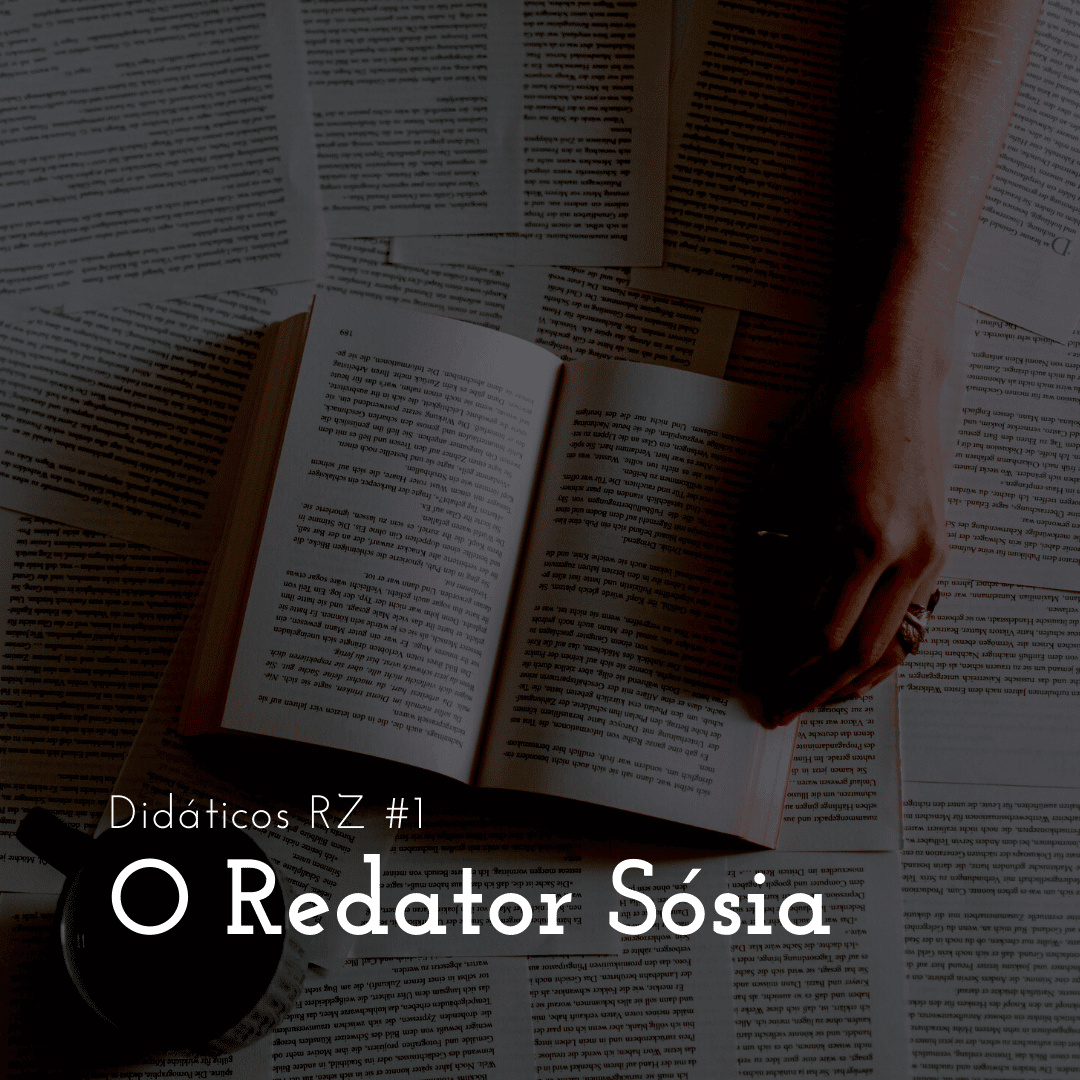This text was originally published on mktdb.com.br at the invitation of my friend Bruno Monteiro.
Has anyone ever tried to impersonate a friend of yours on WhatsApp? It doesn’t even have to be a scam—a simple prank is enough for this example.
If you talk to this friend often, just a few messages (maybe even just one) would be enough for you to realize that you’re not speaking to the same person. The same thing happens in the customer’s mind when a brand switches copywriters and the new team doesn’t respect the established verbal identity.
Want to learn how to be a copycat copywriter and avoid this kind of problem in your copies? Stick with me, and I’ll explain.
But what is verbal identity?
To keep it simple: it’s what makes the customer recognize that they’re reading or hearing something familiar, something they already know and trust.
This is a topic worth diving into, but for now, a brief summary will do. Verbal identity works like a brand’s visual identity, but it’s about the way it talks—typical expressions, topics to avoid, and so on.
Respecting the brand’s voice is crucial. By doing this, you enhance the role of copywriting—not just yours but your colleagues’ as well. Imagine a designer working on McDonald’s brand and changing the shade of red or switching the font to Comic Sans. A copywriter who doesn’t respect a brand’s verbal identity is doing the exact same thing, proportionally speaking.
All of this is part of the brand’s communication personality, and it’s essential that you understand and respect it. Usually, there’s a brand book containing all these identity guidelines for you to study. But if there isn’t, you can still use your copycat skills.
Immerse yourself in the brand’s universe
Without a well-crafted brand book, you’ll have to deduce a lot. But interestingly, this step is also necessary even if you do have a verbal identity guide.
Analyze recent campaigns, posts, the website, videos—anything you can get your hands on. Take note of the most common themes and words, and create a list with this information. This will help you frame your text within the audience’s expectations.
Speaking of audience, that’s the next step.
Know your audience
Knowing how to write is only half the journey. Now, we need to understand who we’re writing for. Imagine you’re 12 years old asking your mom for money. Now imagine yourself doing the same at 40.
Knowing the brand means understanding its voice. Knowing the audience means understanding which arguments work. These two elements are the key to skyrocketing your versatility.
“But writing like that looks bad”
Remember: you’re not writing in your style. You’re embodying the brand. It’s almost like a spiritual possession—but without the demon.
The temptation to do your own thing is strong, but respecting a brand’s verbal identity is your biggest commitment when taking on this kind of work. It’s an exercise in versatility, but it also requires willingness to learn.
Changing styles is not the same as evolving
Brands evolve every day, and I guarantee you: it’s possible to refine and improve communication while respecting an established writing style.
The best opportunities for this come from analyzing the audience and their behavior.
A new approach might work better, or a new product might attract a different audience.
But the brand remains the same—you just need to adapt.
Practice, practice, practice
Let’s do some training!
You have a notification in your inbox. It’s from McDonald’s. Write an email marketing copy promoting one of Brazil’s favorite burgers: the Cheddar McMelt.
Go back to the steps you’ve learned here:
- Research the brand
- Read recent ads carefully, paying attention to expressions and writing style
- Understand your audience (for this exercise, you can choose a target audience or persona and adapt the tone accordingly)
You can repeat this exercise as many times as you want, changing the brand, the product, and the audience. Try different things, explore, push your curiosity to the limit.
Branding is a collection of experiences
I’ve always seen the “traditional copywriting school” as a writing style where the text is the star of the show. As a copywriter, I love that, but when we think about branding, the text is just a part of something bigger.
You have to consider many other contexts beyond the message and the recipient, and that’s an ongoing learning process.

Comments are closed